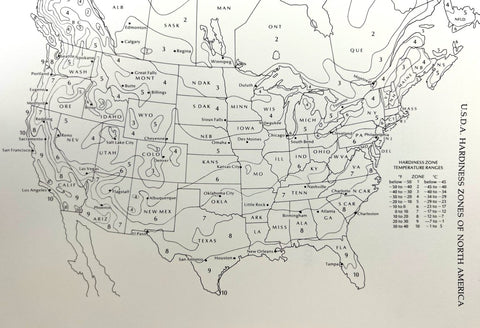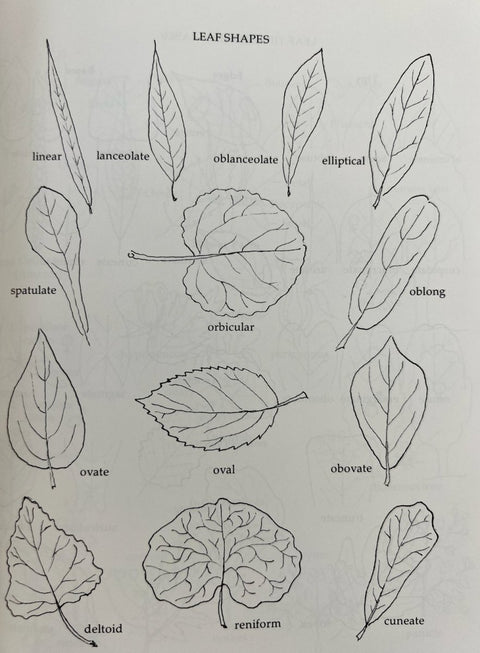As a professional horticulturist, I am often asked about growing zones and how they relate to choosing the right plants and trees for a particular location. In this blog post, I will explain what growing zones are and then delve into the growing zones of Florida, including the types of plants and trees that thrive in the Sunshine State.
Growing zones, also known as hardiness zones, are regions that have similar climate conditions and are used to determine which plants and trees are best suited for a particular area. The United States Department of Agriculture (USDA) has developed a map of growing zones that divides the country into 11 zones based on the minimum temperature that an area experiences. These zones range from zone 1, which has the coldest temperatures, to zone 11, which has the warmest temperatures.
Florida is a state that encompasses several growing zones. The northern part of the state, including cities like Tallahassee and Jacksonville, falls within zones 8a and 8b, while the southern part of the state, including cities like Miami and Key West, falls within zones 10a and 10b.
In the northern part of Florida, plants and trees that do well include:
- Azaleas: These flowering shrubs prefer acidic soil and partial shade and are best planted in the fall or winter.

- Camellias: These evergreen shrubs produce beautiful flowers in the winter and prefer acidic soil and partial shade.

- Crepe Myrtles: These trees produce large clusters of flowers in the summer and prefer full sun and well-drained soil.

- Live Oaks: These large trees are iconic in the southern United States and are known for their strength and beauty. They prefer full sun and well-drained soil.

- Magnolias: These trees produce large, fragrant flowers in the summer and prefer acidic soil and partial shade.

In the southern part of Florida, plants and trees that do well include:
- Bougainvillea: These flowering shrubs prefer full sun and well-drained soil and produce colorful flowers year-round.

- Coconut Palms: These iconic trees are a symbol of the tropics and prefer full sun and well-drained soil.

- Hibiscus: These flowering shrubs prefer full sun and well-drained soil and produce large, colorful flowers.

- Mango Trees: These fruit trees prefer full sun and well-drained soil and produce delicious fruit in the summer.

- Royal Palms: These tall, slender trees are a common sight in Florida and prefer full sun and well-drained soil.

In conclusion, understanding growing zones is essential for selecting the right plants and trees for your particular area. Florida encompasses several growing zones, each with its own unique set of conditions. By selecting plants and trees that are well-suited to your growing zone, you can create a beautiful and thriving garden or landscape.





























Comments (0)
There are no comments for this article. Be the first one to leave a message!